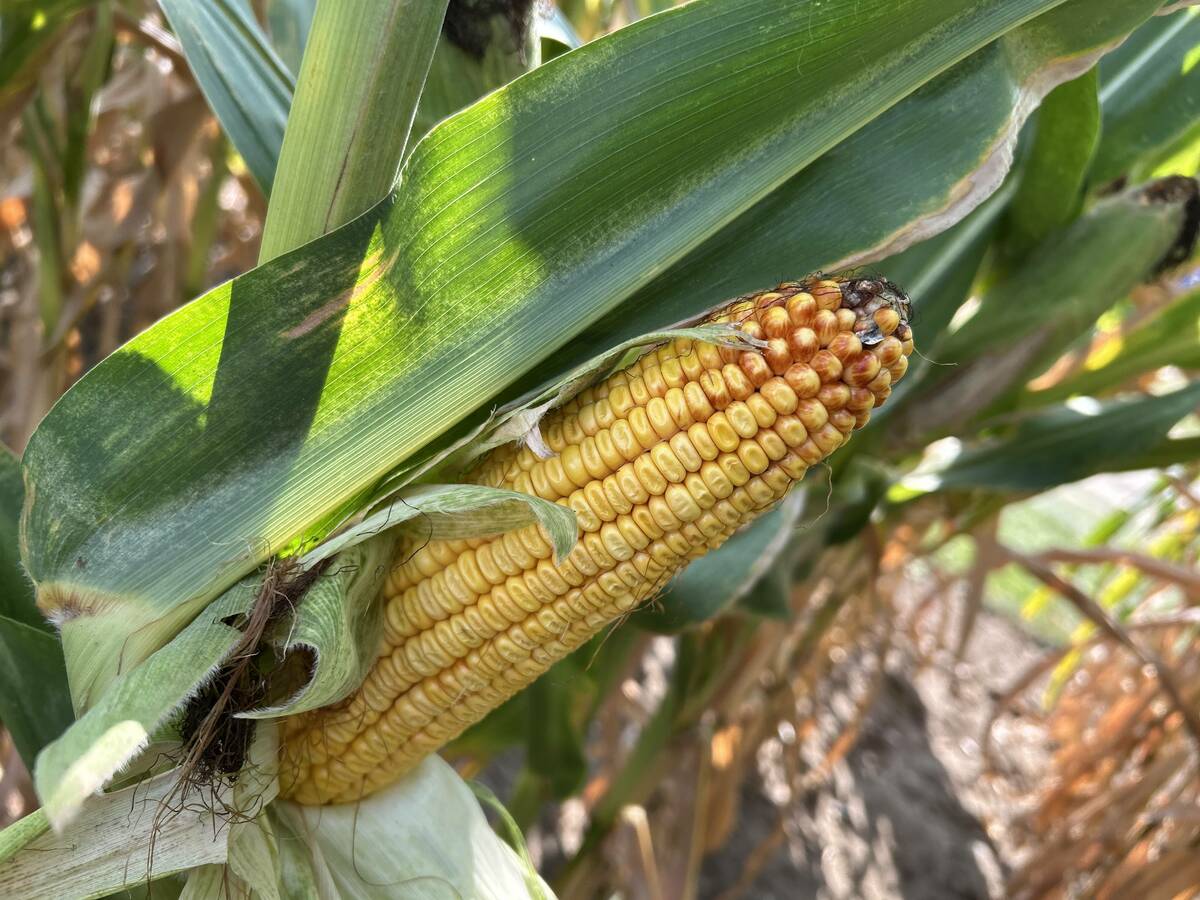Crop Production Week | Murad Al-Katib wants to process pulses at home instead of exporting raw products
The man who helped transform Saskatchewan’s pulse industry into a global powerhouse has a new vision to share with growers.
“You know how you sell more peas to India? You drop the price,” Murad Al-Katib, president of Alliance Grain Traders Inc., told farmers attending Pulse Days 2012.
“That’s plain and simply how you sell more peas to India. I don’t want to be there and I don’t think growers want to be there.”
Instead, Al-Katib intends to take his pulse processing empire, with 29 factories in five continents, in a different direction and hopes growers will follow by committing more acres to peas, lentils, chickpeas and beans.
Read Also

Crop estimates show mixed results
Model-based estimates used by Statistics Canada showed the 2025/26 crop year has seen increases in canola, corn for grain, oats and lentils production while seeing dips in spring wheat, durum wheat, soybeans and barley in comparison to 2024/25.
He plans to build value-added facilities that will fractionate pulse crops into flour, proteins, starches and fibre that will be marketed to food companies around the world as a replacement to soy-based products.
The company has already committed $50 million to building a pasta and pulse processing facility in Regina and $12 million toward acquiring and completing a pulse processing and food ingredient plant in Minot, North Dakota.
And that is just the start.
“We need to increase Canadian milling capacity for pulses,” said Al-Katib.
He said Regina’s Global Transportation Hub would be an ideal location for further expansion into the food ingredient business.
The anchor tenant for the hub is Loblaws, Canada’s largest food retailer. An estimated 2,800 trucks per week will be coming into Regina with product that the Loblaws warehouse will distribute from northern Ontario to British Columbia.
Al-Katib intends to fill some of those empty trucks with pulse food product ingredients that will be shipped across North America.
He said people scoffed at the company a decade ago when it ann-ounced plans to build a red lentil splitting plant in Regina. Those who are skeptical of marketing pulse food ingredients in North America need only think of one product.
“How many of you ate hummus 10 years ago and how many of you eat it today?” Al-Katib asked his audience.
Annual spending on food in the United States is $1.24 trillion.
“I’m not a greedy man. I only want 10 percent of that,” said Al-Katib to a chorus of laughter.
He believes farmers will benefit by processing pulses at home rather than exporting raw product abroad.
“If we seize the opportunity to create value, we are not dependent on whether or not India has a good crop or a bad crop, whether or not Turkey has a surplus or a deficit, whether or not Australia has good weather or bad weather. We will create our own consumption.”
He said red lentil prices started to climb shortly after the company opened its Regina splitting plant in 2002.
Al-Katib said pulse-based food ingredients would be marketed throughout North America, Central America, South America and Western Europe.
His company already uses 50 percent lentil flour in its Barilla Pasta line, which is the fastest growing brand of pasta in the United States.
He is convinced food companies will eventually pay a premium for pulse food ingredients because pulses have the lowest carbon footprint of any crop due to their nitrogen fixing ability. Sustainability is sexy these days, he added.
Al-Katib said the company will continue to service markets looking for whole or split pulses, but he doesn’t understand why Saskatchewan is shipping half a million tonnes of bulk peas to China, where mills extract the starch to make vermicelli noodles, when that can be done at home.
He was inspired by a recent tour of a U.S. corn mill that processes 7,500 tonnes of the crop per day into fibre used to make a biopolymer, proteins for food and feed ingredients and starches for enzymes, ethanol and high fructose corn syrup.















